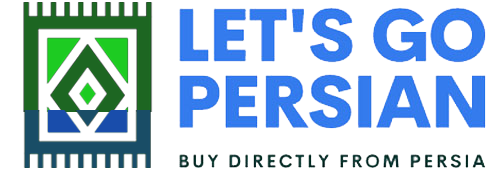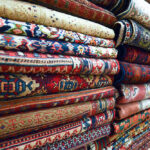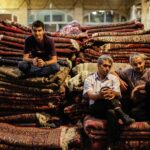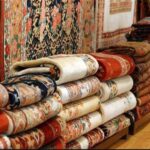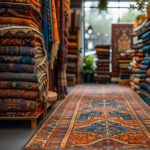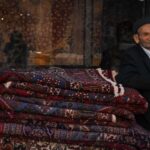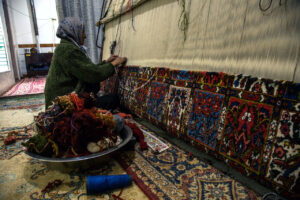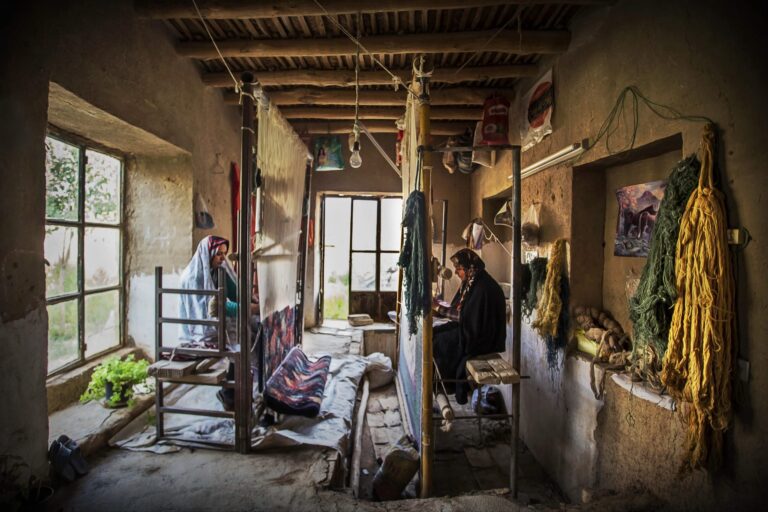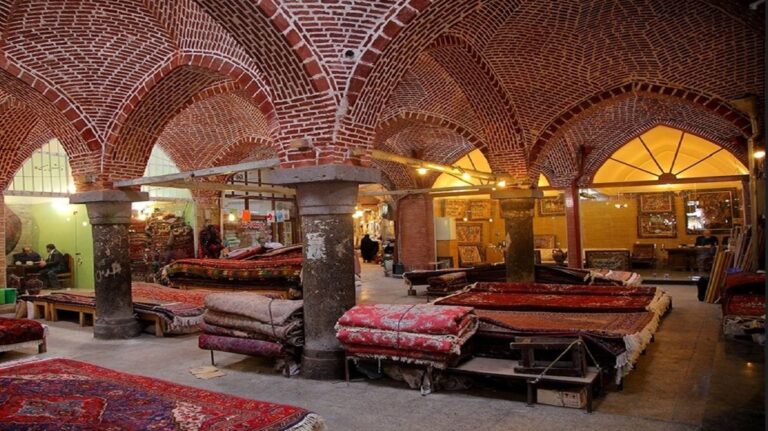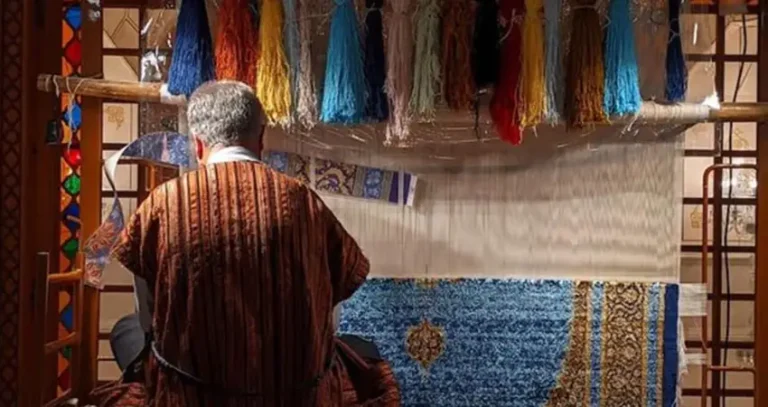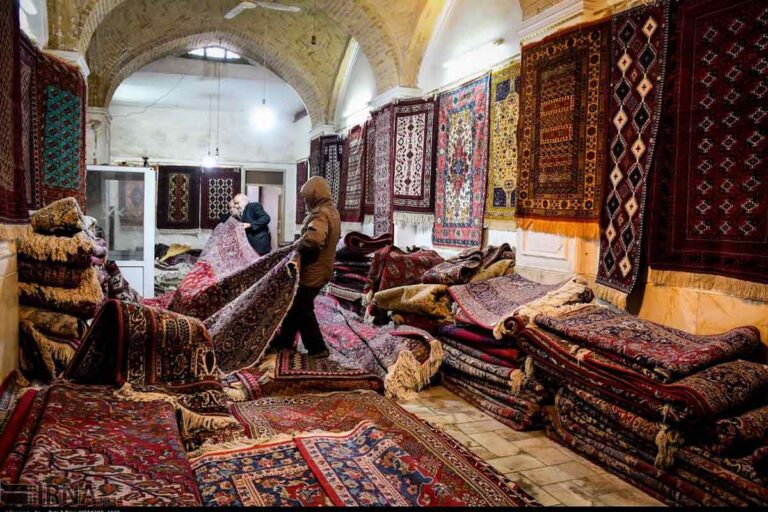Market Value and Rarity of Persian Carpet
How Much Do Persian Carpets Cost in Iran in 2025?
Influences on Rug Design and Production Techniques
The art of Persian rug making is a rich tapestry woven from centuries of tradition, history, and cultural exchange. Among the most significant influences are the distinct weaving traditions of nomadic tribes and urban centers. Both approaches have contributed unique elements to rug design and production techniques, resulting in textiles that vary widely in aesthetics, materials, and craftsmanship.
Nomadic Weaving Traditions
Lifestyle and Functionality
Nomadic weavers—often from tribes such as the Qashqai, Luri, and Bakhtiari—create rugs that are deeply influenced by their mobile, pastoral lifestyles. These rugs are designed to be both beautiful and practical, capable of withstanding the rigors of travel and daily use.
-
Durability and Versatility:
Nomadic rugs are typically woven with robust, coarse wool. The emphasis is on creating a durable textile that can serve as a dwelling floor, wall hanging, or even a source of insulation. The weavers focus on functionality without sacrificing the artistic value of the design. -
Portability:
Since nomadic life requires constant movement, the rugs are often smaller in size and more manageable. This portability influences not only the size but also the simplicity of the design, ensuring that the rugs are lightweight yet resilient.
Design and Motifs
Nomadic rugs often feature bold, dynamic patterns that reflect the natural environment and the storyteller heritage of the tribes.
-
Simplified, Abstract Patterns:
Due to the time constraints and functional needs of nomadic life, these rugs frequently display abstract motifs, such as geometric shapes and repetitive patterns that can be quickly mastered and replicated. -
Vibrant, Earthy Color Palettes:
The natural dyes used in nomadic rugs tend to result in a color palette that is earthy and warm—rich reds, browns, and ochres. These hues reflect the natural surroundings, from arid landscapes to rugged mountains. -
Cultural Symbolism:
The patterns often carry deep symbolic meaning. For instance, certain geometric shapes or borders may represent tribal identity, seasonal cycles, or even spiritual beliefs passed down orally through generations.
Production Techniques
-
Hand-Knotted with Coarse Weave:
The knotting in nomadic rugs is typically less dense than urban counterparts. While this may result in a slightly rougher texture, it allows for faster production—a crucial factor for itinerant weavers. -
Innovative Use of Materials:
Nomadic weavers often make do with locally available resources. The quality of wool, natural dyes, and even the looms themselves can vary significantly from one tribe to another, giving each rug a distinct regional signature.
Urban Weaving Traditions
Cultural and Economic Context
Urban centers like Tabriz, Kashan, Isfahan, and Qom have long been hubs of artistic innovation and commercial production. The environment in these cities fosters a different approach to rug making, one that emphasizes detailed artistry, refined aesthetics, and long-term durability.
-
Stability and Specialization:
Urban weavers typically work in specialized workshops or cooperatives where the craft is honed over generations. This environment supports more intricate designs and consistent high-quality production. -
Patronage and Market Demand:
With the backing of royal patronage in historical times and a thriving export market today, urban rugs are designed to meet the tastes of affluent collectors and high-end interior designers. The designs are often more elaborate and technically demanding.
Design and Motifs
Urban rugs are celebrated for their intricate patterns, high knot densities, and complex color palettes.
-
Complex Geometric and Floral Designs:
The patterns in urban rugs often include elaborate medallions, intricate borders, and detailed floral motifs. These designs are a reflection of both Persian artistic traditions and influences from neighboring regions. -
Rich, Symbolic Color Schemes:
Urban weavers use a wider range of dyes and pigments, resulting in vivid and nuanced color schemes. The color choices in urban rugs not only enhance the visual appeal but also carry symbolic meanings—such as spiritual purity, royalty, or cosmological order. -
Artistic Precision and Fine Detailing:
With higher knot densities and refined weaving techniques, urban rugs offer a level of detail that is difficult to achieve in the nomadic tradition. This precision allows for the portrayal of complex narratives and artistic flourishes.
Production Techniques
-
High Knot Density and Fine Weave:
Urban rugs are renowned for their exceptionally high knot counts, which enable detailed, intricate patterns. This meticulous craftsmanship is a hallmark of urban centers, where the art form has been refined over centuries. -
Use of Premium Materials:
In urban workshops, there is a greater emphasis on quality control. Fine wool, silk accents, and superior cotton foundations are commonly used, contributing to the luxurious feel and long-lasting durability of the rugs. -
Innovative Design Methods:
Urban weavers often incorporate modern design tools and techniques, blending traditional methods with digital planning and innovative dyeing processes. This fusion of old and new ensures that urban rugs continue to evolve while retaining their classical essence.
Comparative Analysis
Function vs. Aesthetics
-
Nomadic Rugs:
Prioritize functionality and portability. Designs are simpler, the knot density is lower, and the overall style is more robust and abstract—tailored to a mobile lifestyle. -
Urban Rugs:
Emphasize aesthetic complexity and detailed storytelling. They feature high knot densities, intricate designs, and sophisticated color schemes that cater to a stationary, often high-end market.
Production Speed and Consistency
-
Nomadic Production:
Often produced quickly to meet immediate practical needs. This results in a diverse range of designs that can vary widely even within the same tribe. -
Urban Production:
Typically follows standardized techniques and quality control measures, resulting in consistent, highly detailed pieces that reflect a long tradition of specialized craftsmanship.
Cultural Expression
-
Nomadic Weaving:
Embodies the dynamic, fluid, and adaptive nature of a migratory lifestyle. The designs are imbued with folk symbolism, conveying tribal identity and natural rhythms. -
Urban Weaving:
Reflects a more settled cultural heritage that has been influenced by centuries of artistic patronage, formal education in the arts, and exposure to international trends.
Conclusion
The divergent influences of nomadic and urban weaving traditions have created two vibrant streams within the world of Persian rugs. Nomadic rugs offer a raw, authentic expression of a lifestyle intimately connected with nature and mobility, characterized by bold simplicity and robust functionality. In contrast, urban rugs stand as a testament to refined artistry, cultural synthesis, and meticulous craftsmanship—resulting in pieces that are both visually stunning and steeped in historical narrative.
Understanding these differences not only enriches our appreciation of Persian rugs as works of art but also highlights how cultural and environmental factors shape the way communities express their identities through textile design. Whether you are drawn to the rugged beauty of a nomadic rug or the intricate elegance of an urban masterpiece, both traditions weave together a rich legacy that continues to captivate collectors and enthusiasts around the world.
